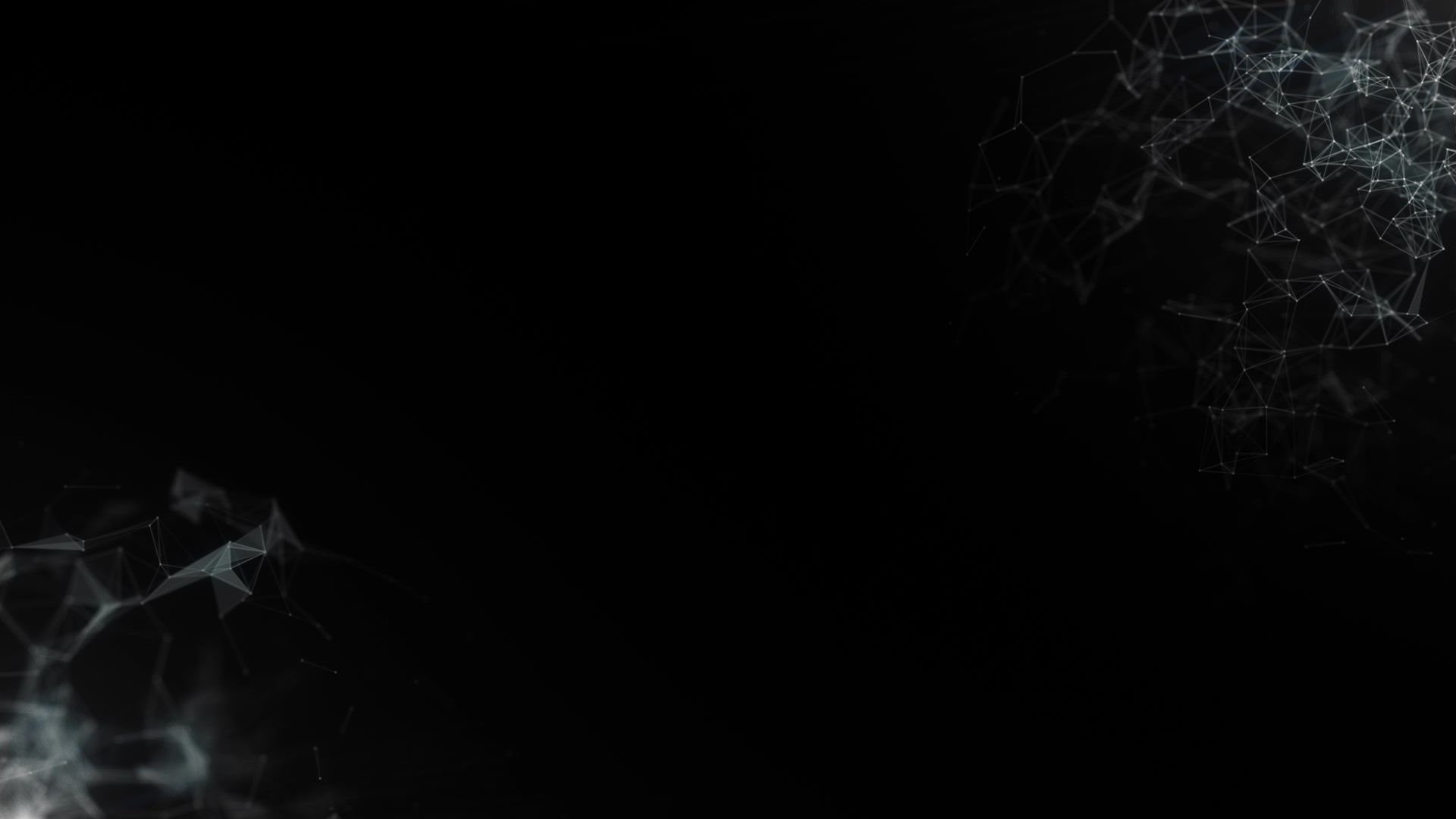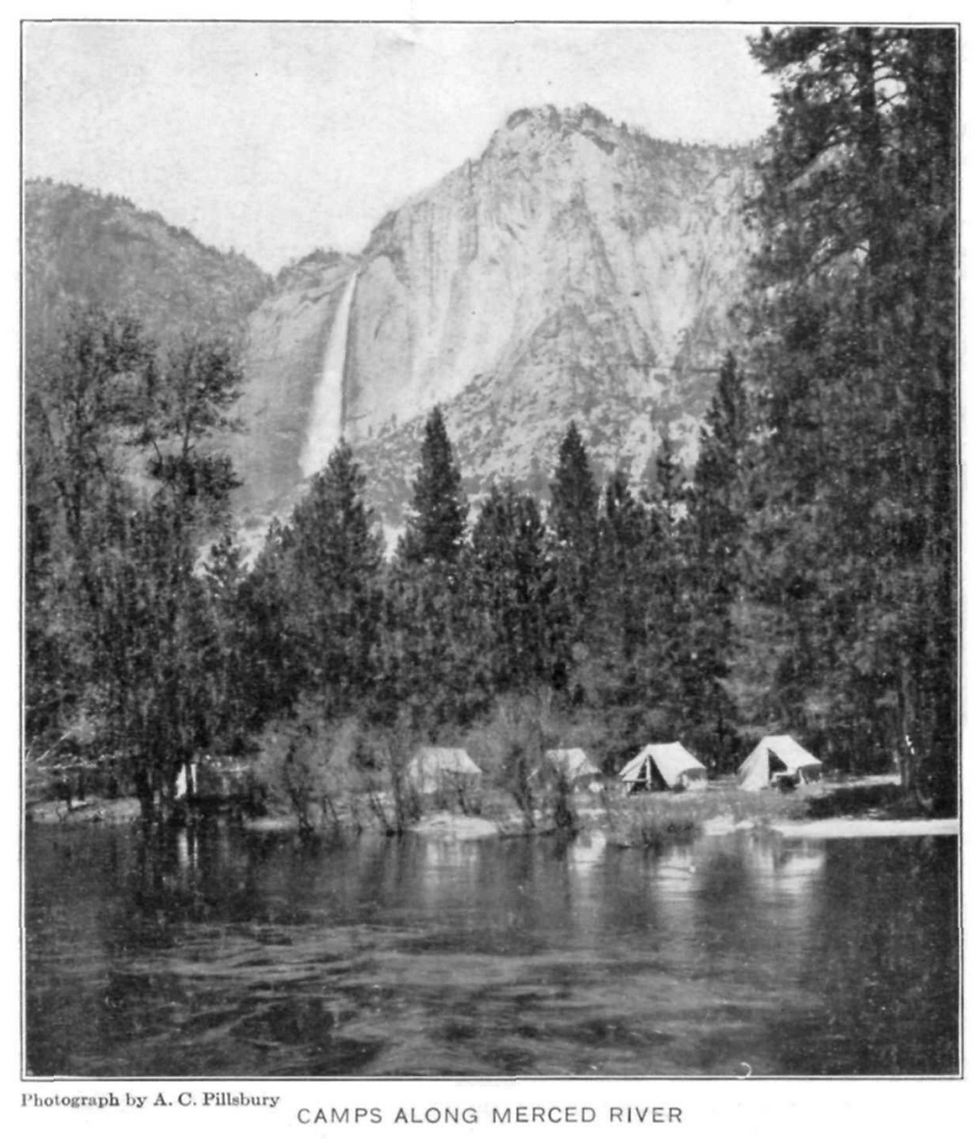An Eye-Opening 1922 Honeymoon in Yosemite ~ Part 3
- Yosemite Me

- Oct 3
- 6 min read
Updated: Oct 4
“Moving pictures showing scenes from all parts of Yosemite National Park, including the great cataracts, waterwheels and avalanches in action, and the mountain wildflowers developing from bud to bloom, attract many visitors to the Pillsbury Studio each evening in the season. Motion-picture shows also form a drawing feature of the evening camp fire entertainments at Camp Curry and Yosemite Lodge.”
by John H. Williams (1921)
Public Domain
My grandparents, Matt and Tillie, married on July 4th, 1922. What a busy day! Wedding preparations were finalized at daybreak. The nuptials started at 9:30 a.m. at Holy Family Catholic Church. After the ceremony, a wedding breakfast at Tillie’s parents’ home in Glendale, CA, rounded out the morning.
It was the afternoon, however, that brought the highlight! The newspaper article announcing their marriage declared that the newlyweds “left shortly after noon for Yosemite Valley for a two weeks’ [sic] stay.”

Their evening arrival in Yosemite likely consisted of unpacking, setting up their tent, and preparing their sleeping arrangements at one of the free campgrounds in the Valley. Food preparation surely followed as they planned some of their activities for the next 14 days.
Would the Park offer them as many eye-opening experiences as one might experience today? Absolutely; maybe even more! For example, each night they could walk to Camp Curry to join hundreds of other visitors enjoying the campfire program, which ended with a stentor cupping his hands and yelling up to Glacier Point to initiate the famed firefall (which ended January 25, 1968).

At 9 p.m., the stentor, usually Foster Curry, son of Jennie and David Curry, who developed Camp Curry (now known as Curry Village), would have the following exchange with a fire tender awaiting his call high up on a Glacier Point precipice:

“Hello, Glacier Point!”
“Hello, Camp Curry!”
"Is the fire ready?”
“The fire is ready!”
“Let the Fire Fall!”
“The Fire Falls!”
Blazing hot red fir bark embers were pushed off the cliff 3,000 feet above Camp Curry. In freefall, the embers looked like molten lava. They turned into a spray of sparkling fireflies as gravity pulled them down. The dark granite face of Glacier Point became an atmospheric lightshow. This performance brought park visitors and my grandparents a spectacle rarely seen elsewhere. No doubt, they returned night after night to see it again.
Nightlife in the Park also included lectures, dancing, and even tennis. I can see my grandparents enjoying themselves nightly, dancing away the evening at Camp Curry as a continuation of their courting activities.
Tillie, in particular, would be reminded of her wedding day by the many flowers blooming in Yosemite in July. The Lilies of the Valley bouquet she carried as she walked down the aisle likely represented her anticipation of seeing the primary blooming flower in Yosemite Valley at that time: the Mariposa Lily.
Although the Shooting Stars, Death Camas, and Pussy Paws would be past their prime on the floor of the Valley, they would be conspicuous in the higher meadows. According to Nature Notes, the Buttercup-like Cinquefoil and the Evening Primrose would be “the common yellow flowers in the meadows, with the Meadow Penstemon adding a touch of blue. Alpine lilies or small Leopard Lilies are now in bloom it moist places.”
So, she would have her fill of lilies and other floral landscapes while hiking throughout the Valley. If she found that too limiting, she could visit the Yosemite Flower Show at Camp Curry, where, on the first day of the show, 48 flower species were on display!
And speaking of things on display, Tillie and Matt would have the opportunity to visit the Yosemite Museum that opened up at its new site on June 17th, 1922, about two weeks before their arrival (the new site had formerly been artist Chris Jorgenson’s home and studio).
The Museum’s popularity became clear during those first few weeks. At least 9,631 individuals meandered through the six rooms that represented the history, ethnology, geology, natural history, botany, and trees of the region. Informed attendants answered questions of scientific interest concerning Yosemite National Park.
Plus, the Museum stood on the banks of the Merced near Sentinel Bridge in the “old” Yosemite Village, requiring only a short walk from campsites to promote repeated visits! (see map below – A building specifically built for the Museum was completed in 1926 and still stands in modern-day Yosemite Village).

That would not be the only time Matt would find himself on the banks of the Merced River. His love of fishing would bring him back to the river’s edge as he attempted to secure a dinner of rainbow trout to prepare for his new bride. By early July, the Merced River had a reduced flow, improving Matt’s chances of bringing “home” the trout.
The local “fish story” making the rounds included the catch of a 25 ½-inch rainbow trout by a Mr. Cumberland near the El Capitan bridge just two days prior to Matt and Tillie’s arrival. True or not, this news surely heightened Matt’s anticipation of a bountiful catch along the banks of the Merced!
One thing is certain: Matt would not have to compete with the local bear population for fish! The bears would be overly occupied at the “bear pits”, or garbage dump, situated west of the Yosemite Lodge. During the first week of July, many visitors were reportedly well rewarded seeing multiple bears gorging at the old garbage site where seating had been provided to comfortably entertain Yosemite visitors. The best time to see them was at dusk or after dark, although, according to Nature Notes, they could even be seen in “broad daylight and are becoming very tame.” Of course, that eye-opening experience is no longer permitted (The National Park Service imposes a fine of up to $5,000 for feeding any Park wildlife).
Bird watching is still permitted, however, just as it was in 1922! Matt and Tillie could join the naturalist-guided field trips on Wednesday morning, July 5th and 12th, at 8 a.m. at the Sentinel Hotel, just across the street from where they would camp. They could see over twenty species of birds on these trips, likely taking Matt back to his days on the farm in South Dakota and Tillie to her early life in Minnesota.
Two weeks earlier in June, two female Mallard Ducks and their broods of young were spotted. On the previous Wednesday, a Belted Kingfisher was seen feeding its young. Although the Ruby-crowned and Golden-crowned Kinglets commonly nest in the red fir belt of higher altitudes and seldom in Yosemite Valley, much excitement occurred when a Kinglet's nest, which fell from a tree in Yosemite Valley, could be viewed on exhibit at the Yosemite Museum. Red-winged Blackbirds could also be observed making their homes in the Valley’s meadows during Matt and Tillie’s stay in the Park.
They would probably not see any flying squirrels, though, because none had been observed since the previous year. Oh, yes, many put out bread and cake for them, but, as of mid-July, they had been absent.
Aside from flying squirrels, if Matt and Tillie failed to see any particular animal, they might find it conveniently located at the Yosemite zoo. A zoo in Yosemite? Yes, they could take a leisurely stroll to the zoo and enjoy seeing mountain lions, a bear, and deer kept in cages and enclosures. According to National Park Traveler, “despite drawing heated criticism, this wacky zoo persisted for more than a decade before finally being abolished in 1932.”

That’s just one more eye-opening event, among many, that Matt and Tillie would experience during their two-week stay in Yosemite in 1922. They would also have the opportunity to visit the Pillsbury Studio, home of the multi-talented Arthur C. Pillsbury, the inventor of the panorama photograph and time-lapse movies showing the progression of plants growing and flowers blooming. Eye-opening indeed!
Yosemite has attracted many honeymooners and all sorts of other visitors over the past 100 years to witness its eye-opening features that compel admirers to return again and again. I don’t know if my grandparents ever returned to Yosemite National Park, but after my mother visited in 1948, she did return. She didn’t go alone either. She repeatedly brought her eleven children with her. By doing so, she ensured that each of us could reach back into our history and enjoy having our eyes opened by the natural world, and by Yosemite itself, in much the same way as our grandparents.





Comments